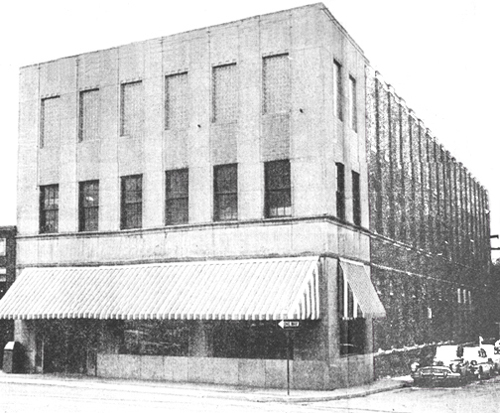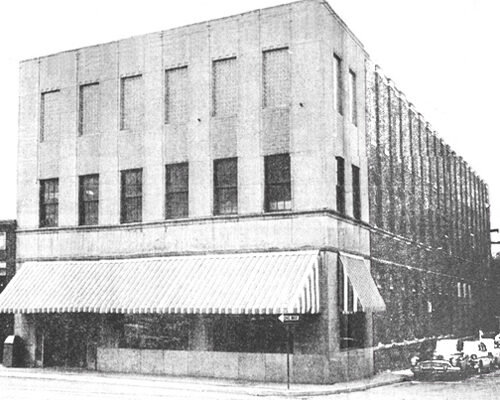The 2008 World Series has come and gone. Area residents mature enough to remember the Oct. 2-10, 1926 event may recall it for what happened in Johnson City rather than what transpired in New York and St. Louis. The Yankees and Cardinals squared off in a seven-day contest that concluded with the Gateway City taking the coveted crown four games to three.
The Sept. 29 sports headlines of the Johnson City Staff-News boldly stated, “World Series Games to Be Played In Johnson City; Begin Saturday.” The largest crowds to ever attend a city amusement event watched a simulation of the World Series games on a large magnetic player board mounted on the roof along the Main Street side of the one-story Appalachian Publishers newspaper building office, the same location as today’s Johnson City Press.

According to several news articles, the game was reproduced exactly as it was being played during the series with a delay of 1-10 seconds. The newspaper furnished play-by-play service at no cost to the public, offering in miniature representation every imaginable movement of the players in the game.
Even team practice prior to the game and warming up of pitchers in the bullpen were shown in addition to the exact movement of the ball and players as the game progressed. The outdoor crowd stared with interest at the minutest movements that included “winding up” of the pitcher, the specifics of curve balls thrown and close plays at the bases. Recreating the game was an amazing feat for that era that was void of home television sets.
A strong magnet weighing ten pounds that was balanced by window weights on wires powered the electric board. It ran over pulleys at the top and was capable of being moved to any position on the board. The field was fabricated of a very thin non-magnetic composition. The steel ball was drawn to follow the magnet on the other side, which was marked with player positions and heavily oiled.
The popular creation required a nine-man crew to reproduce the whole ballgame. Three were at the playing field end of the wires, four operated the board and two were in the telegraph room. The plays were received in code over the United Press wires the instant they occurred in the ballpark from one operator and two baseball experts in the press box. As soon as it was received in the telegraph room, the play was immediately read by telephone to those at the back of the player board.
The three people handling the operation of the board were said to be former baseball players, official scorers and sport writers. Their detailed familiarity of the sport was of immense value in operating the board. Watching the simulation was the next best thing to being in the actual ballparks.
Through the courtesy of J.A. Parsons, O.E. Miller and J.H. Miller of the White City Laundry and John Anderson of Anderson Service Station, the large vacant space immediately opposite (south of) the Appalachian Publishers building was made available for parking.
In addition, approximately 300 cars were parked on both sides along two miles of road that included Main, Market, Wilson, from the Southern Railway tracks almost to Watauga Avenue and along Boone and Whitney streets. During the seven games, the crowd fluctuated between six and nine thousand. The paper complimented Captain Jensen and the patrolmen of the Johnson City Police Department for their competent handling of traffic.
After the series ended, the final article concluded with the words: “Well, it will happen again next year.” The sports treat continued for a few years before fading into yesteryear.
